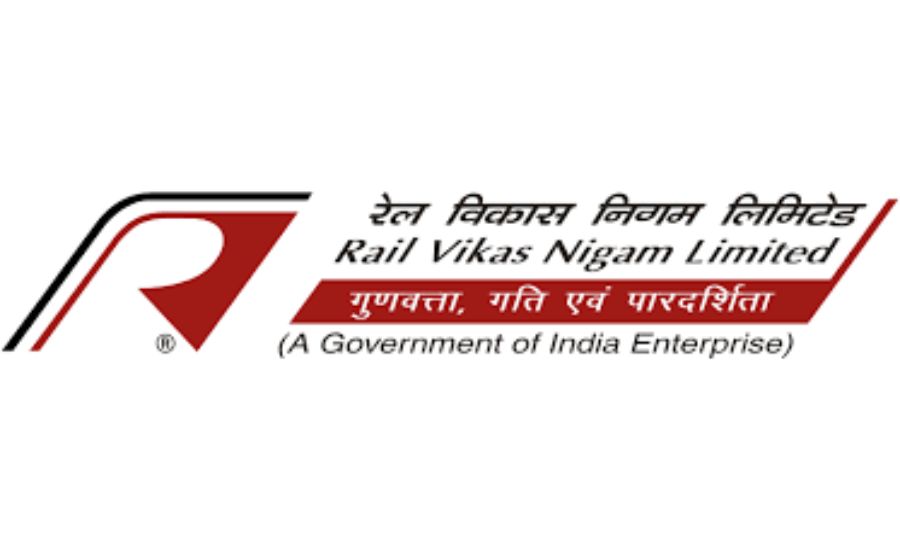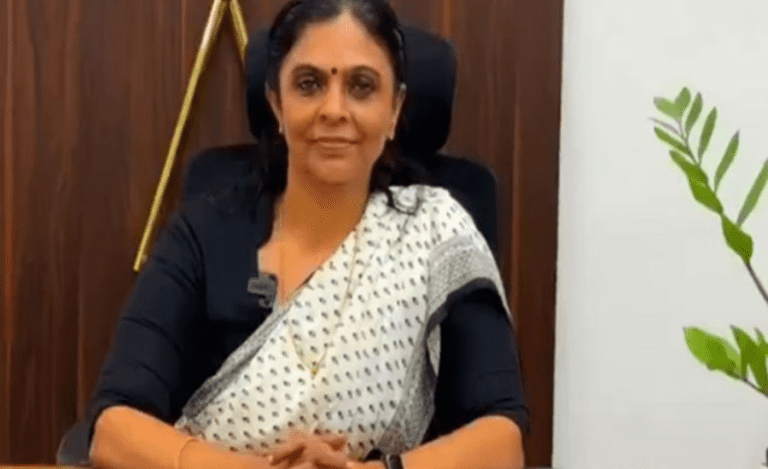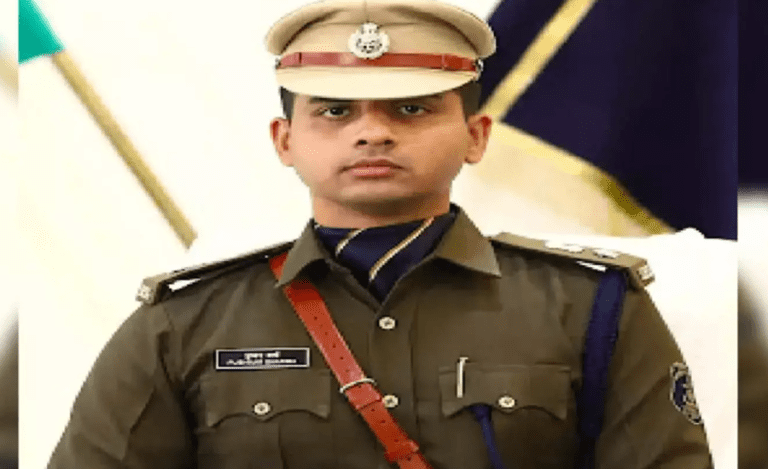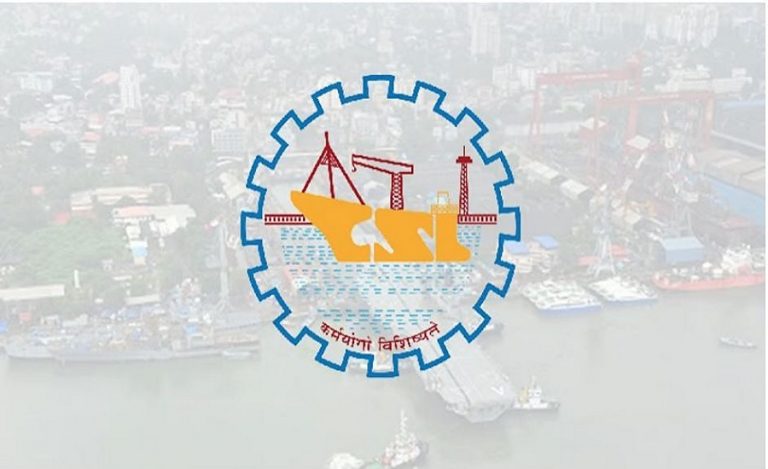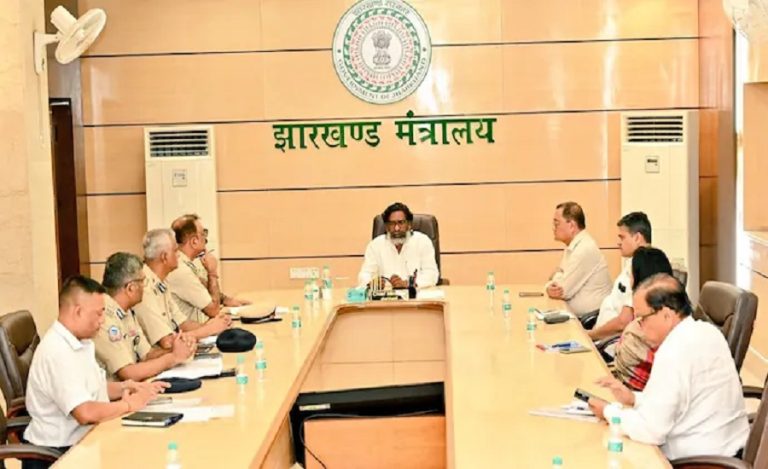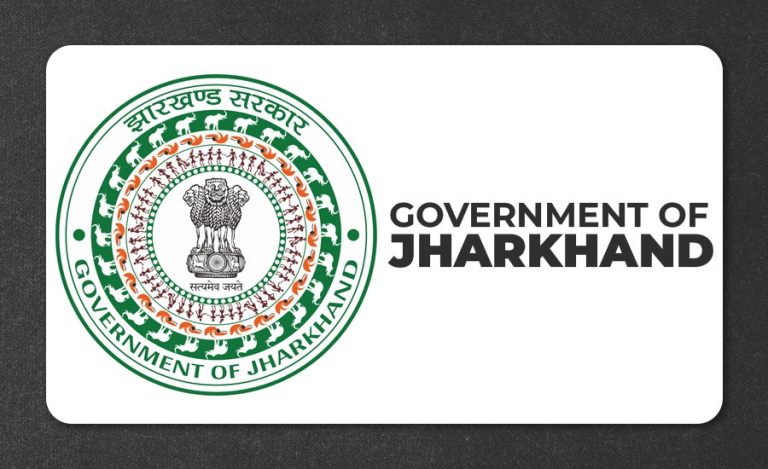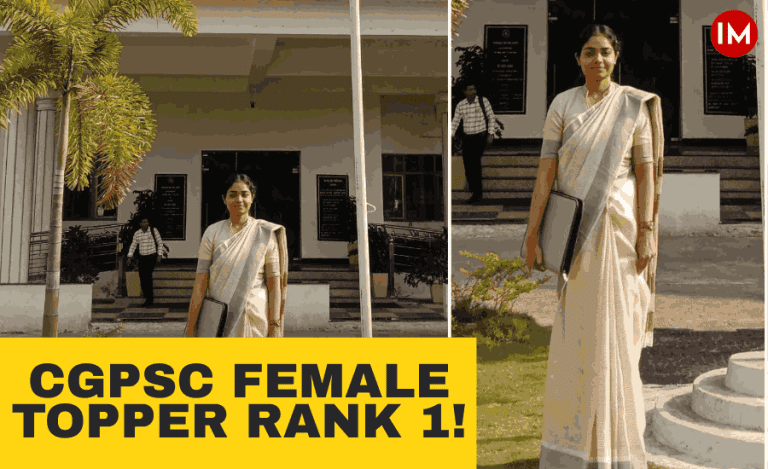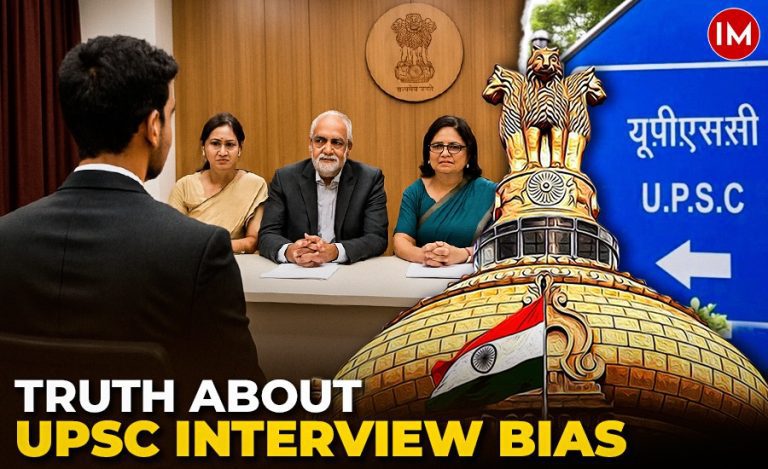Andhra Pradesh: In a pioneering step towards revolutionizing infrastructure development in Indian Railways, Rail Vikas Nigam Limited (RVNL), a Navratna PSU under the Ministry of Railways, has successfully completed the construction of the first-ever 3D-printed railway building in India. The structure, a Gangman Hut, has been built at Parvatipuram Railway Station (PVP) in Manyam district, Andhra Pradesh, under the Waltair Division of the East Coast Railway Zone.
This innovative building forms part of the ongoing Vizianagaram (VZM)–Titlagarh (TIG) third line project aimed at enhancing freight and passenger handling capacity in the industrially active belt of Eastern India.
The 3D-printed Gangman Hut—used by railway track maintenance workers—was constructed using advanced robotic 3D printing technology, which creates buildings layer-by-layer using specialized concrete materials. Materials such as Ultra-High Performance Concrete (UHPC) and Lightweight Concrete were employed to increase durability, reduce weight, and drastically speed up construction timelines. The 1,076 sq ft (100 sq m) hut was completed in just 25 days.
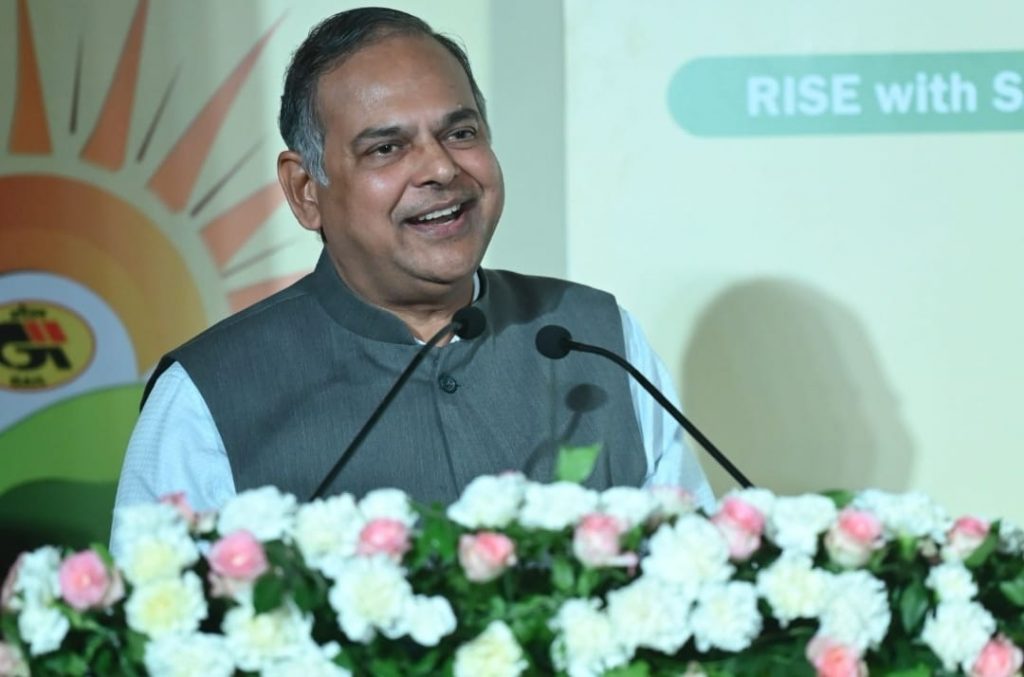
Key Features of the Project:
- Speed and Sustainability: 3D printing enabled rapid construction with minimal material waste, significantly reducing the carbon footprint.
- Advanced Design Flexibility: The structure includes unique geometrical designs, textured finishes, and wavy wall patterns, which are difficult to replicate using conventional construction techniques.
- Virtual Visualization: A virtual 3D walkthrough was created before construction, enabling stakeholders to preview the final structure and optimize design.
- Integrated Lighting Design: The hut incorporates both natural and artificial lighting for enhanced comfort and utility.
Commenting on the achievement, RVNL Chairman & Managing Director Pradeep Gaur said,
“RVNL has successfully demonstrated the potential of modern construction technology. This initiative could pave the way for broader adoption of 3D printing in low-cost, quick-build infrastructure projects across India. It marks a major step toward modernizing our construction practices and underlines RVNL’s commitment to sustainability, efficiency, and innovation.”
Gaur emphasized that such technological interventions will be crucial in fast-tracking infrastructure development while ensuring cost-effectiveness and environmental sustainability.
A Vision Beyond Railways
The success of the Parvatipuram project sets the stage for future 3D-printed infrastructure across Indian Railways—including station buildings, shelters, field offices, and staff housing—positioning India at the forefront of next-gen construction methods.
About RVNL
Established in 2005, RVNL has played a critical role in bridging the infrastructure gap in Indian Railways by delivering over 152 railway projects covering more than 16,500 km. Beyond railways, the organization has expanded its footprint across diverse infrastructure domains including metros, highways, and international projects. RVNL is currently executing metro projects in key cities such as Kolkata, Chennai, Mumbai, Pune, Indore, Surat, Ahmedabad, and Nagpur. With a proven track record and consistent “Excellent” ratings from the Department of Public Enterprises for fourteen consecutive years, RVNL continues to evolve from a railway-focused PSU into a major player in India’s overall infrastructure landscape.

